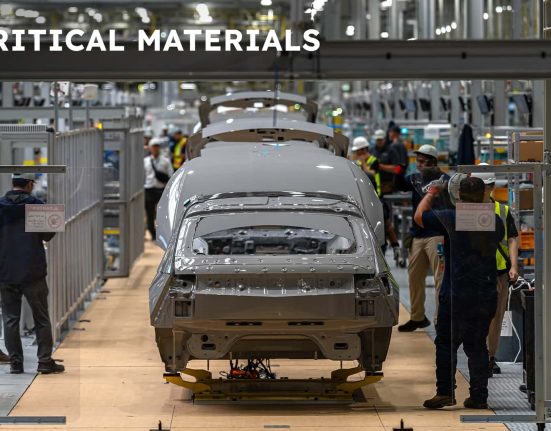Strategy (MSTR 1.55%) (formerly called MicroStrategy) famously pioneered the Bitcoin (BTC 1.09%) treasury concept, buying the crypto and holding it on the company’s balance sheet. Now, a crop of start-ups promises to provide the same kind of leveraged exposure to select digital assets for anyone willing to buy their shares.
But before you hand any treasury operator a dime, it’s important to look at who really captures the value they’re advertising, and to understand how the existence of these companies might be favorable for the coins you hold.
Crypto treasuries are popping up like weeds
In a nutshell, crypto treasury companies are businesses that accumulate cryptocurrency assets such as Bitcoin and XRP (XRP 1.51%) on their corporate balance sheets.
Their aim is to provide investors with indirect exposure to these digital assets while theoretically offering some diversification or additional value compared to investors just buying and holding the main underlying asset. They are a very recent phenomenon, and most will probably not survive even if their main assets do fine during the next decade or so.
Over the last quarter, at least five companies launched or pivoted to stockpiling coins as their main strategy, or as a pillar of their financing strategy for their other lines of business. Hong Kong-based logistics group Reitar Logtech Holdings just filed to buy as many as 15,000 Bitcoins, worth roughly $1.5 billion at today’s prices. Another company, Twenty One Capital, wants to procure 42,000 Bitcoins, enough to rank third worldwide among corporate holders.
Image source: Getty Images.
Renewable energy player VivoPower International raised $121 million to start a $100 million XRP purchase program. Two smaller private firms announced their intent to form XRP reserves within 24 hours of that deal. More might be on the way.
But why are these assets so appealing to hold, and why would investors want to buy shares of a business that only manages assets they don’t have any control over?
In short, chief financial officers are seeing that low yields on relatively safe assets they already hold, like U.S. Treasuries, look even punier in comparison to the meteoric run-up in prices for assets like XRP and Bitcoin during the past 10 years.
They likely figure that a small coin allocation offers a hedge against inflation, without as much risk as an investment in stocks — though it’s not clear that they’re correct on that latter point. Furthermore, buying and holding cryptocurrencies means that a company doesn’t have to take on any risk of making capital investments in value-generating equipment, nor put hardly any of their operational expenses toward labor, like most companies do.
Here’s the catch
The catch is that every one of these new crypto treasury companies is banking on the same set of assets, and the same infrastructure to support them. Therefore, none of them have any economic moat, nor do they have any competitive advantage. And that means that over the long term, they are more likely to be bad investments than the assets they hold.
For example, VivoPower’s deal depends on BitGo for cold storage of its coins. Reitar’s prospectus lists Coinbase Prime and Anchorage Digital as backup custodians. Insurance, auditing, chain attestations, and cold-storage logistics are effectively off-the-shelf services, which makes them great for operational security, but terrible for outperforming competitors.
In other words, if you invest in these crypto treasury businesses, you are paying a premium for coin exposure that’s being diluted by the company’s need to pay overhead.
A skeptical investor might also ask whether picking up shares in these crypto warehouses is safer than holding coins directly. The answer is “not really.” Balance-sheet leverage not only amplifies the upside, but also the downside if prices swoon, leaving investors with losses.
There’s an easy move to capitalize on this trend
On the brighter side, assuming that demand from crypto treasury adopters keeps rising, the existence of supply scarcity favors buying and holding the coins themselves.
Twenty One’s goal of 42,000 Bitcoins alone is equivalent to almost 93 days of global Bitcoin mining issuance. Add Reitar, VivoPower, and a dozen smaller imitators, and the circulating float of coins available for public trading will shrink. None of that accrues uniquely to the corporate holders; it accrues to the protocol.
Therefore, the easiest way to surf the wave here is to buy and hold a disciplined position in the digital assets these companies chase.
Lastly, remember that volatility cuts both ways. If these crypto treasuries are forced to dump their coins to meet margin calls, prices can swing more violently than what’s normal for crypto.
Over long time horizons, assuming scarcity and consistent adoption remain intact, equity holders will be forced to eat management fees, dilution, and execution risk that they did not bargain for, whereas those who simply hold the coins won’t need to pay for any extras whatsoever.







